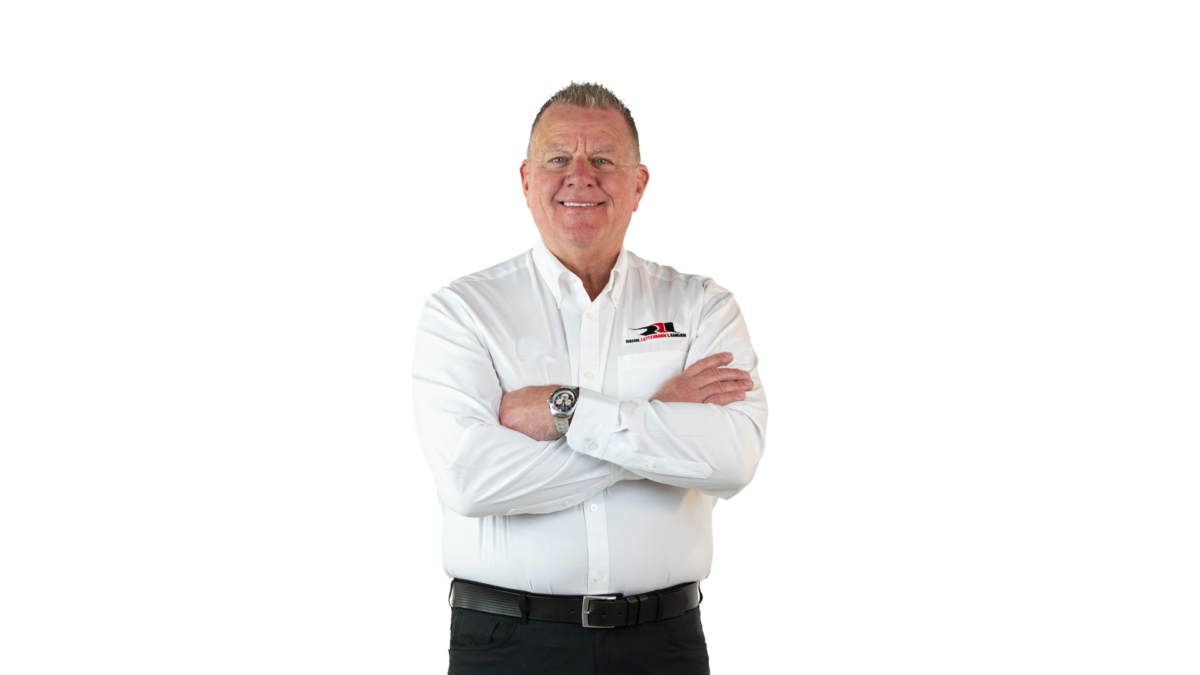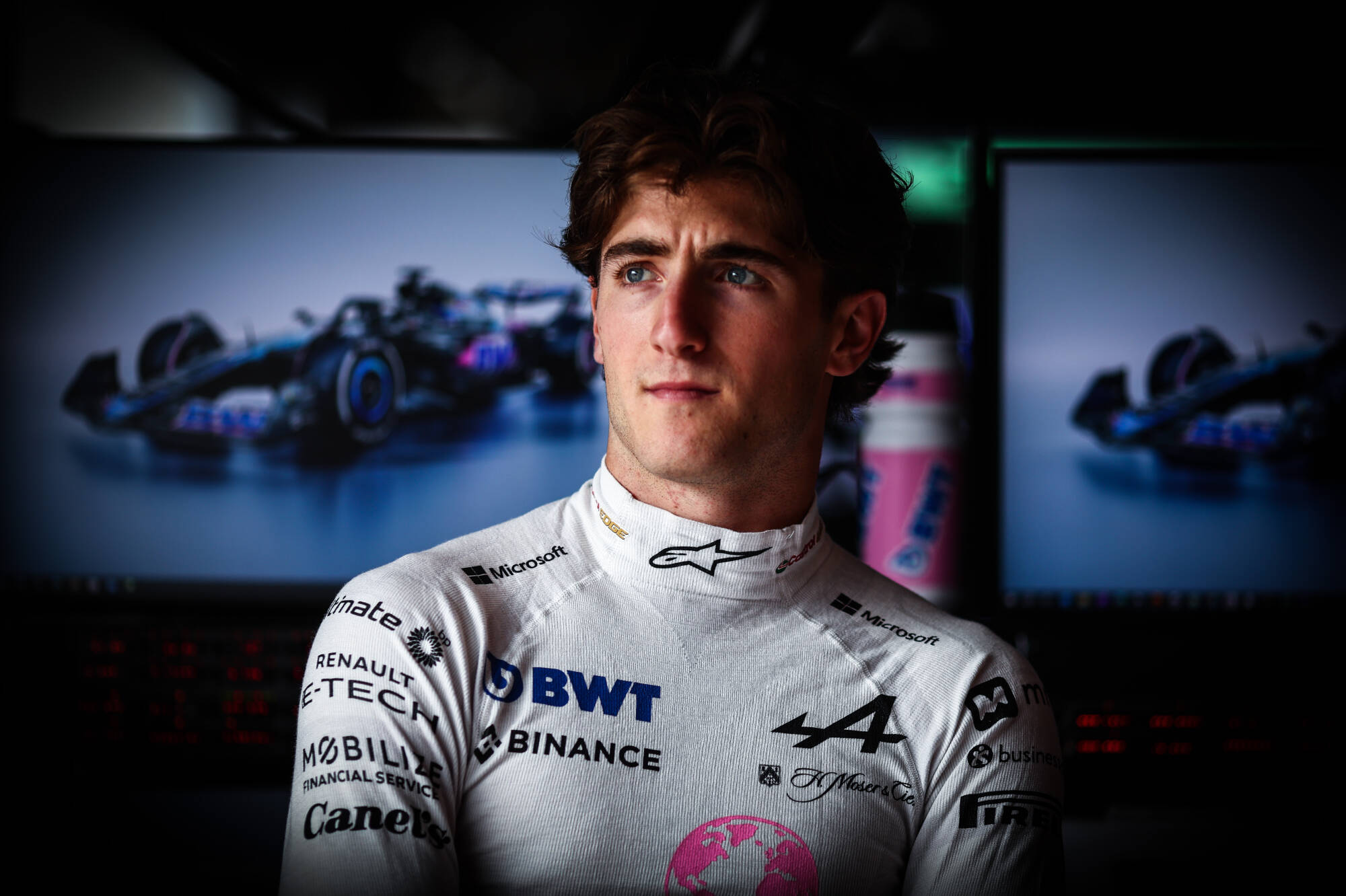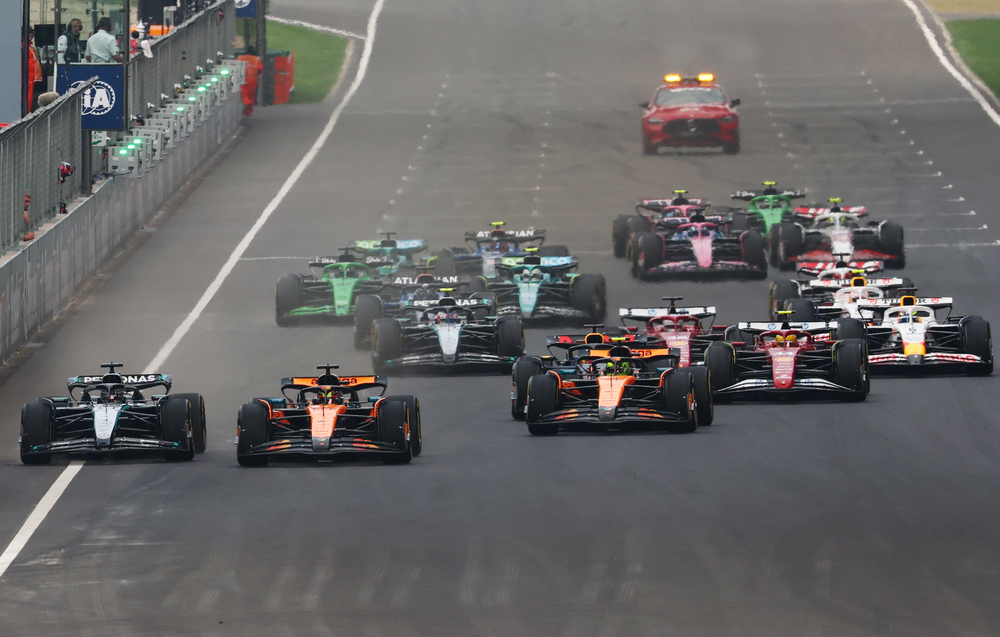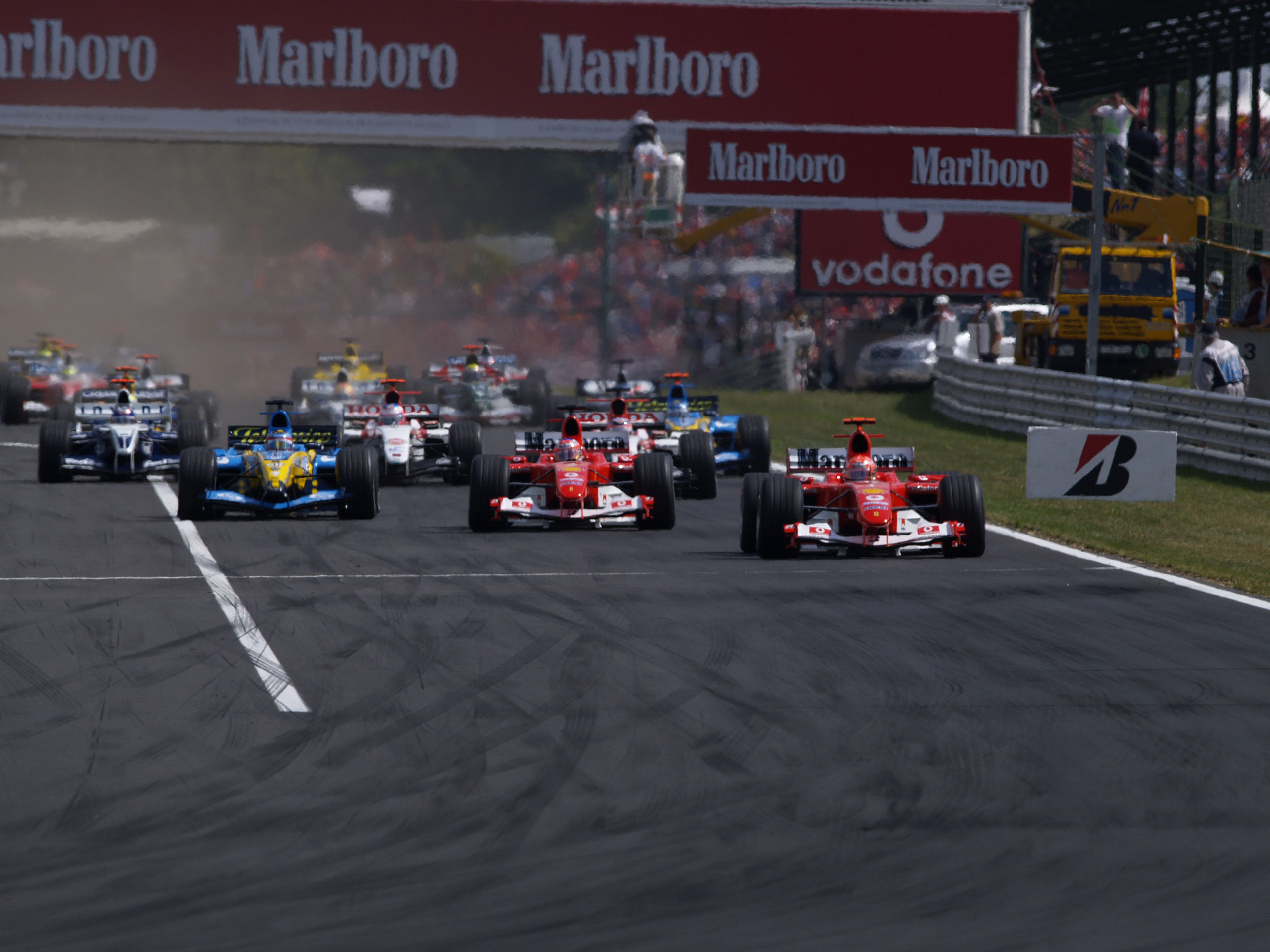The massive first lap crash at the Grand Prix of St. Petersburg proved to be another successful test for the Indycar aeroscreen, as Benjamin Pedersen’s contact with Devlin DeFrancesco’s car sent the latter car grinding along the cockpit and over, resulting in spectacular mechanical damage but minimal injury to the drivers.
The device has gone above and beyond expectations since its implementation in 2020. Talking after the race, Indycar president Jay Frye said “we’re quite proud of it. It’s been a huge effort by the entire paddock. It’s just kind of breathtaking to see some of the things that we’ve seen in the last couple years.”

Photo: Indycar.com/Chris Evans
The aeroscreen, a collaboration between Dallara, Red Bull Advanced Technologies—who had originally begun work on the project before Formula One elected to adopt the Halo—Pankl Aerospace, and PPG Corporation—became a factor almost immediately.
In its fifth race, at Iowa, the aeroscreen kept Colton Herta’s car over the top of and outside of the cockpit of Rinus Veekay’s car in an incident, and the aeroscreen has continued to stand out as a safety marvel.
Frye singled out an incident at Texas last season, in which Callum Ilott hit a stray piece of suspension at speed on the back straight.
“Didn’t even completely realize what happened until he saw the video later. And he was like, holy cow. I mean, he did not know that that happened and that hit him that quick.”
The impact from the aeroscreen glanced the debris over the top close enough to sever his air hose, but the damage would likely have been far worse without the device.

Photo: Indycar.com/Chris Evans
Work is continuing to be done to develop and improve the aeroscreen. In particular, Frye and Indycar have set a target of 20 pounds that they want to lighten the device by, while still maintaining the same structural integrity—strong enough that, as Frye pointed out, nearly all original aeroscreens are still in use. The goal is for it to “still have the same strengths, still have the same capabilities as currently to do what it does. But 20 pounds off the top of the car is a big deal for the team.”





